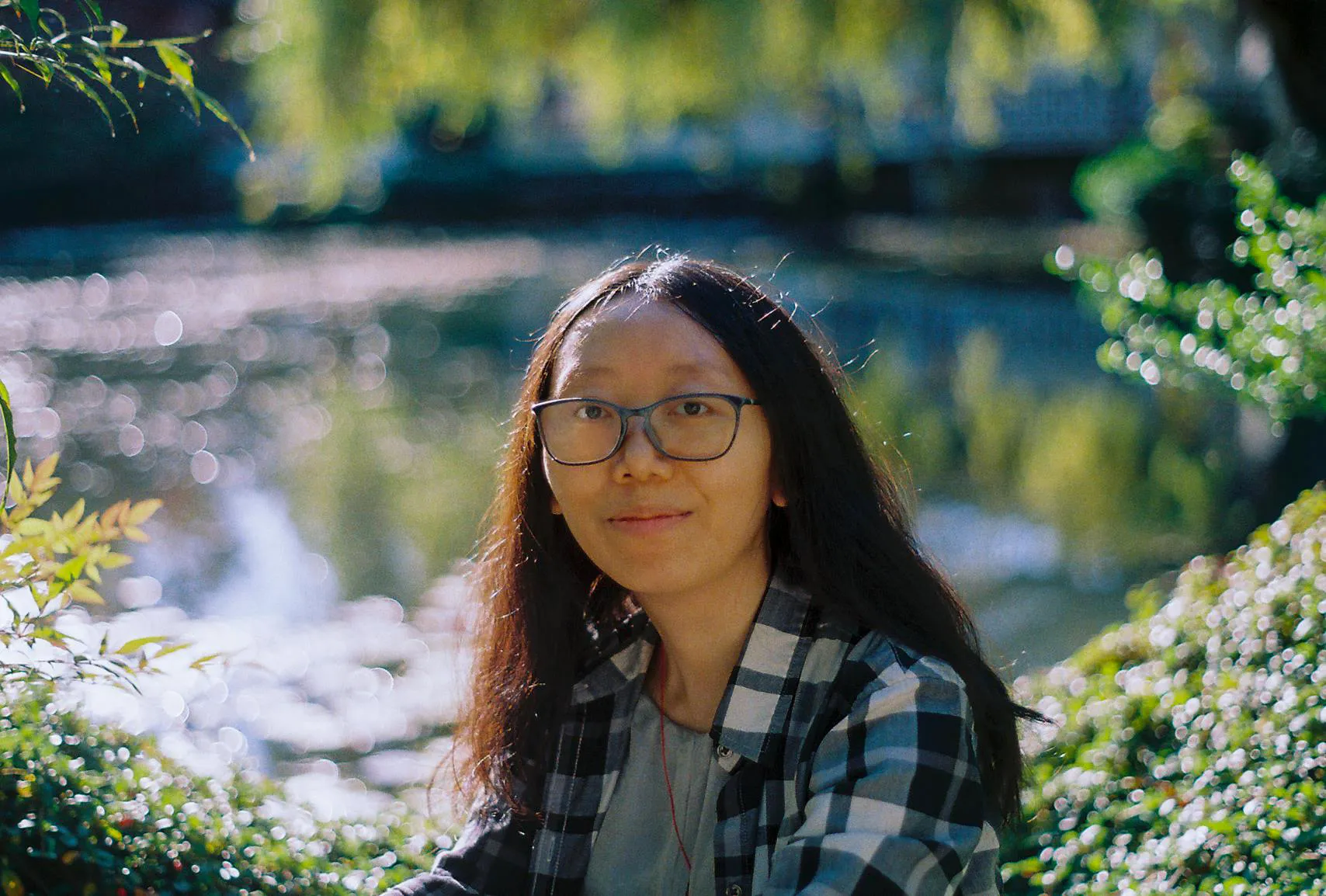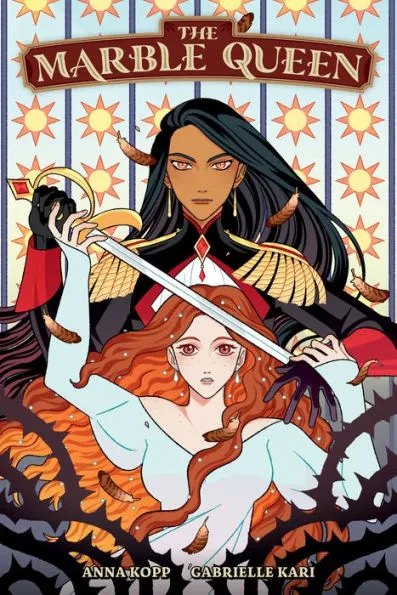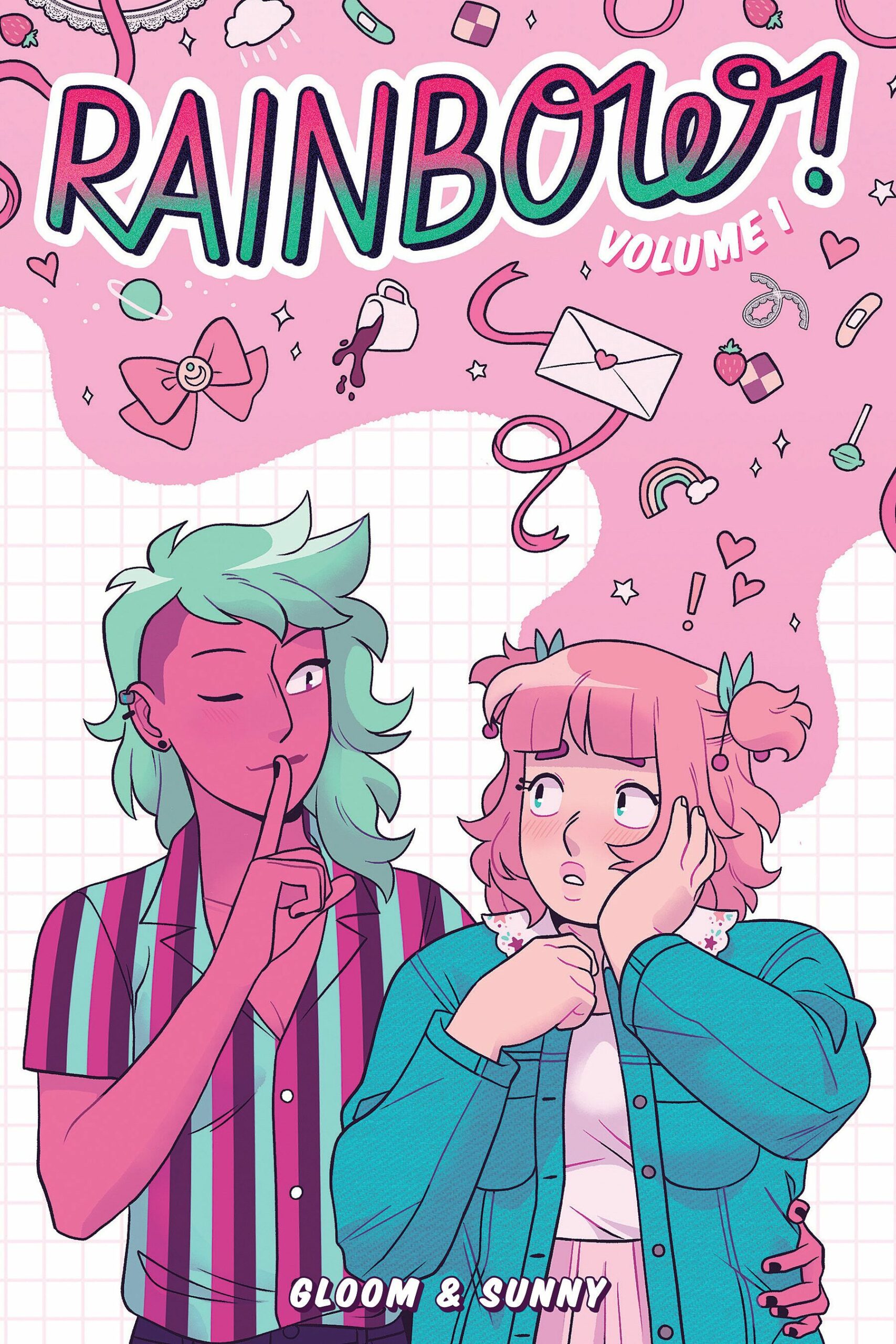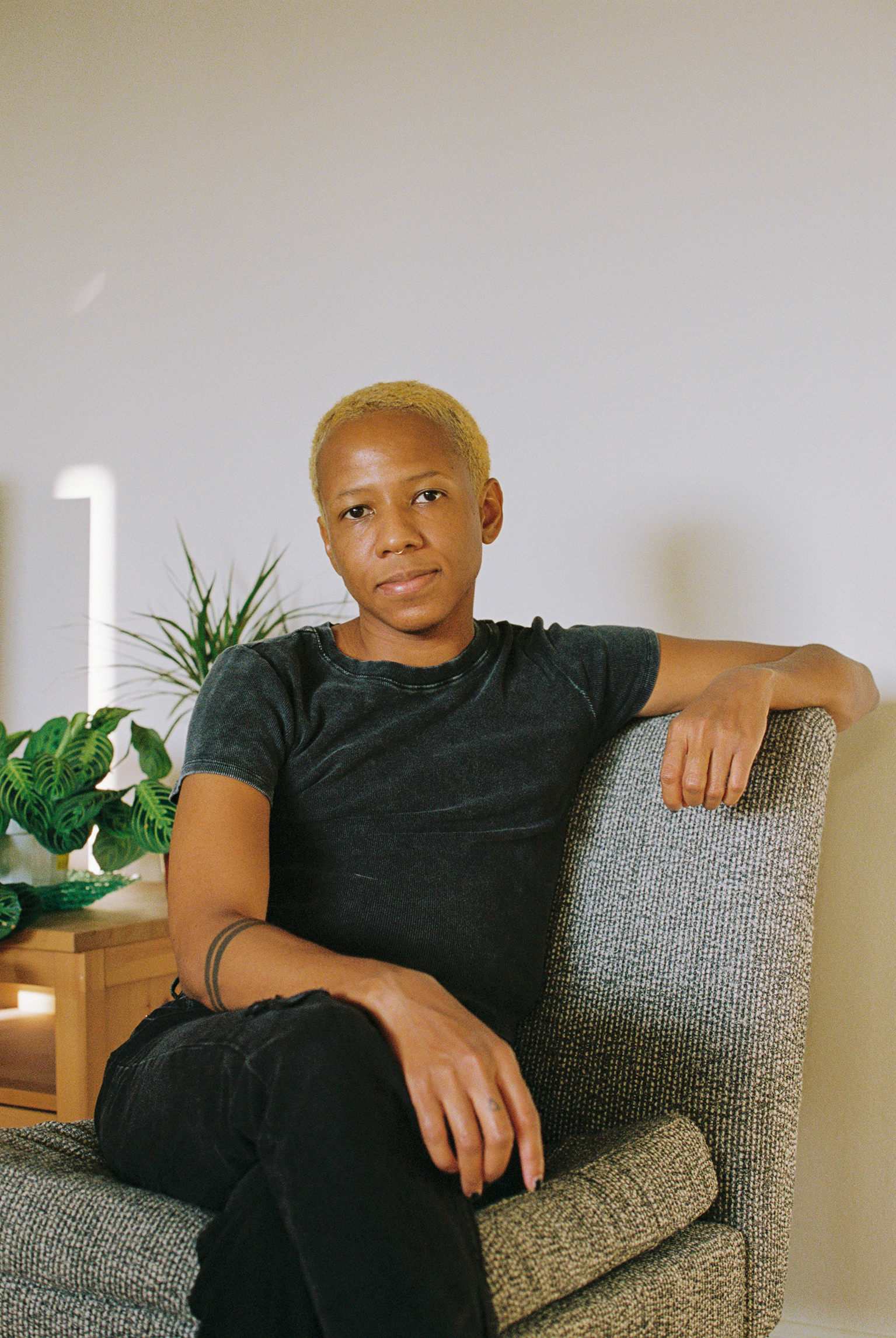
by Michele Kirichanskaya | Apr 5, 2024 | Blog
YILIN WANG 王艺霖 (she/they) is a writer, a poet, and Chinese-English translator. Her writing has appeared in Clarkesworld, Fantasy Magazine, The Malahat Review, Grain, CV2, The Ex-Puritan, The Toronto Star, The Tyee, Words Without Borders, and elsewhere. She is the...

by Michele Kirichanskaya | Mar 20, 2024 | Blog
Anna Kopp is a children’s author who lives in Ohio with her husband, two boys, and two cats. Anna loves creating fantastical stories for children of all ages, from Minecraft picture books to young adult novels. When she’s not writing she’s playing video games or...

by Michele Kirichanskaya | Mar 6, 2024 | Blog
Sunny Funkhouser Aka Sunny (they/them), is a neurodivergent, queer creator who has been writing ever since they were a teenager. Sunny is autistic with ADHD and likes to collect dolls, make reborn dolls, crochet, act, and sew. They love learning how to do things...

by Michele Kirichanskaya | Mar 1, 2024 | Blog
Lindz Amer (they/them) creates LGBTQ+ and social justice media for kids and families. They wrote, produced, and cohosted Queer Kid Stuff—an original LGBTQ+ educational web series for ages three and up—which The Huffington Post called a “groundbreaking YouTube...

by Michele Kirichanskaya | Feb 28, 2024 | Blog
Kacen Callender is a bestselling and award-winning author of multiple novels for children, teens, and adults, including the National Book Award-winning King and the Dragonflies and the bestselling novel Felix Ever After. I had the opportunity to interview Kacen, which...






